Appetite City: Green Markets. Â I come in at about 11 minutes.
Take the time to watch this full episode on New York’s Green Markets; it’s lovely. Â There’s an interview with Jeffrey of “Jeffrey’s Meat” that is just gold. Â His butcher shop, on the Lower East Side since 1940, is an emblem of the neighborhood. Â Sadly, it closed just weeks after this interview was completed. Â As Jeffrey says, “Food is an example of the History of a Neighborhood.”
The second half talks about the rise of New York’s greemarkets–and the real hell New York was in the middle of the 20th century. Â It’s fascinating.
This episode’s recipe, for “Pigeon with Peas,” is a gud’un.  It comes from the earliest Delmonico’s menu known, from 1838.  Delmonico’s is one of the (the?) oldest surviving restaurants in the country and for most of the 19th century, was the voice on high-fashion French cuisine in America.  It started from slightly humbler roots, but you’ll see how extensive even this early menu was (Click images to enlarge).
The recipe for pigeon with peas comes from The Epicurian, the Delmonico’s cookbook published in 1893 ; but I suspect the recipe changed very little since the original menu. Â The recipe speaks of a much simple mode of cooking: one pan is used in a style that has more in common with early hearth cooking, than the complicated, multi-stepped, high-French Delmonico’s was known for in the second half of the 19th century. Â I really do think this was an old-fashioned Delomonico’s staple that survived the test of time.
And it’s no surprise that this recipe continued to be cooked in Delmonico’s kitchen; since making this recipe for Appetite City, I have cooked it several times since for the pleasure of it, including once over a hearth. Â These are the most kick-ass peas you will ever taste. Â Ever.
A squab, by the way, is a young pigeon, killed before it has begun to fly. Â They have a distinctly dark and gamey flavor, complemented well by bacon. Â But please don’t go picking up pigeons off the street; as Bill says “It’s at the city’s market that you can put together the ingredients for the kind of simple and elegant dish like squab and green peas.” Â And if you don’t dig squab, quail or Cornish hens are an easy replacement.
***
From The Epicurean, published 1893.
⅛ lb bacon, chopped into ½ inch squares
15 pearl onions
3 pints green peas
½ bunch parsley
kneaded butter: 2 tb butter kneaded with 2 tb flour
1. Preheat oven to 350 degrees. Â Wash squabs and pat dry. Â Pull organs out of cavity returning the liver. Â Truss (watch the video for a demo).
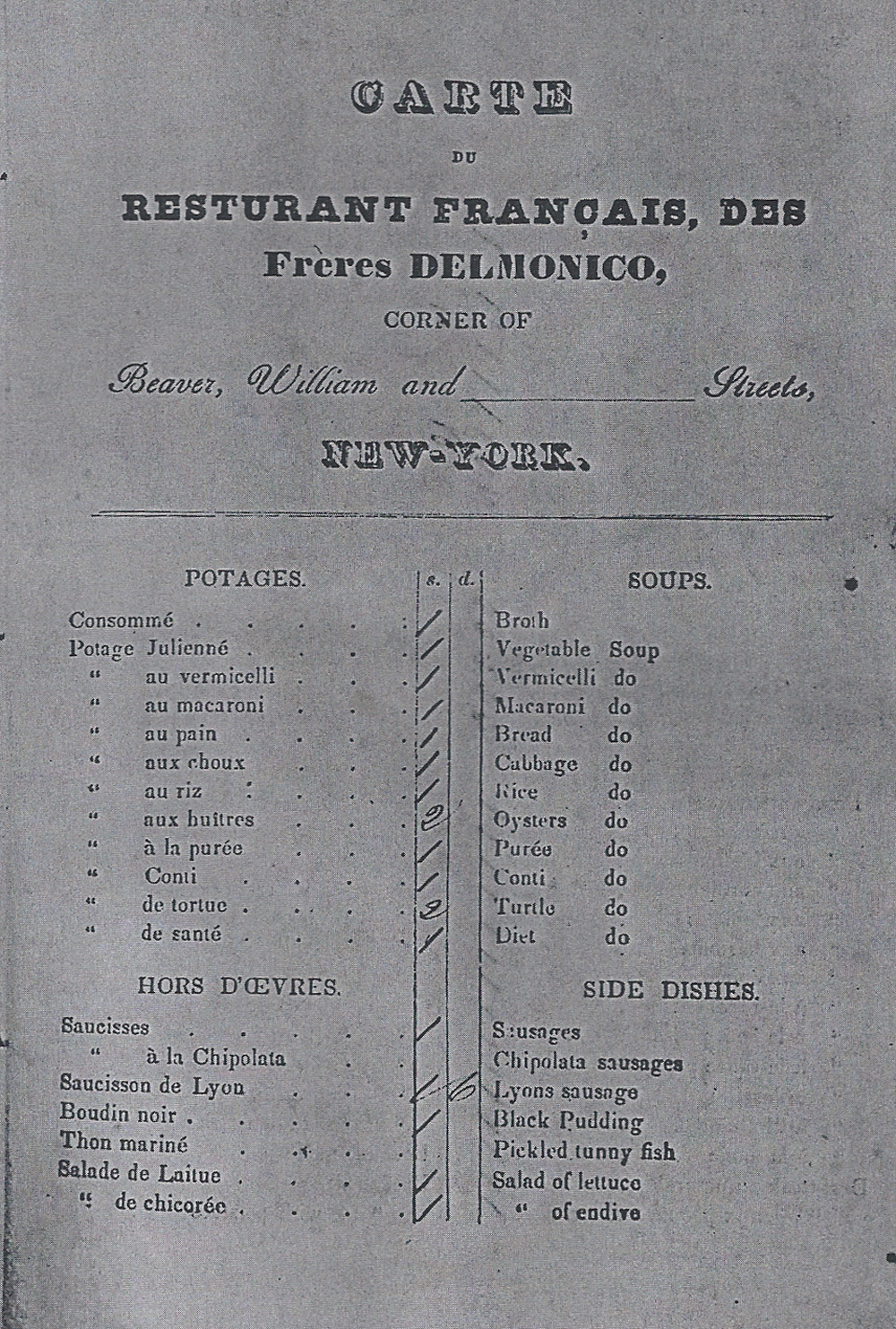
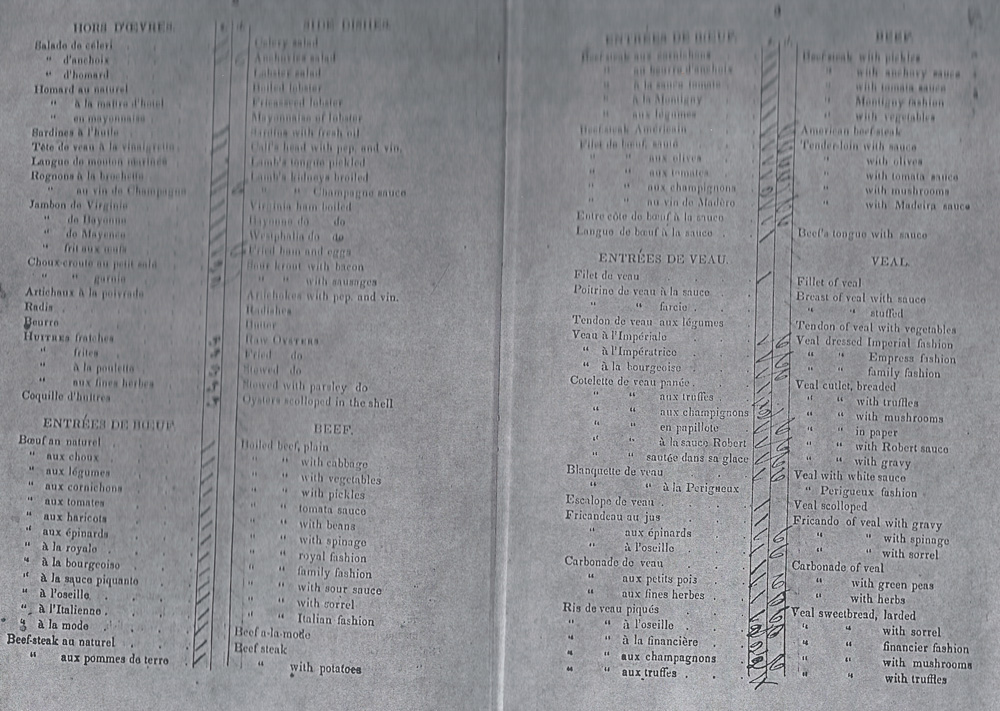
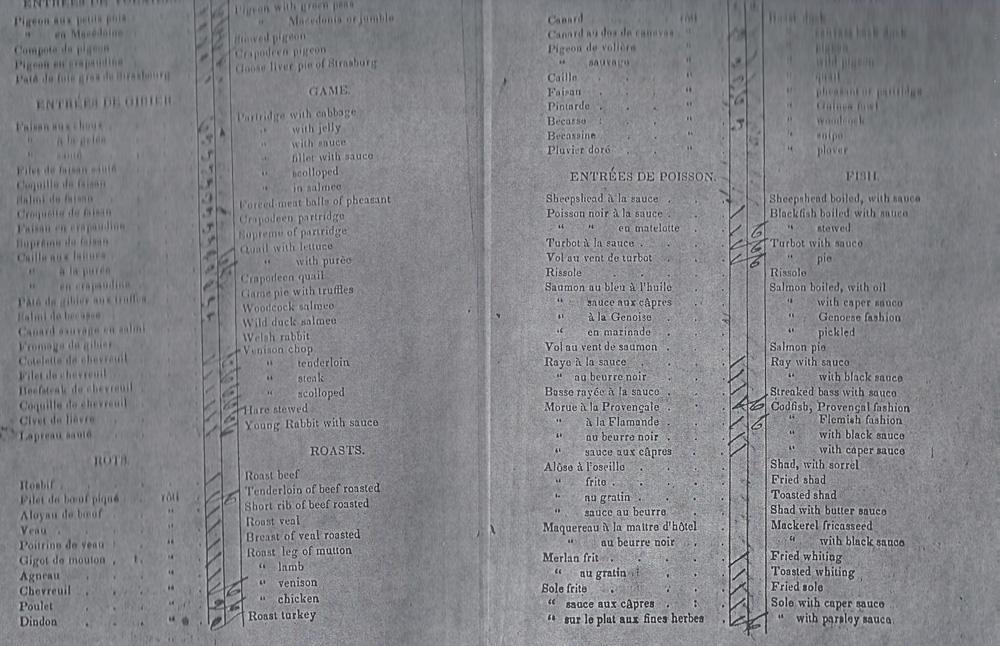
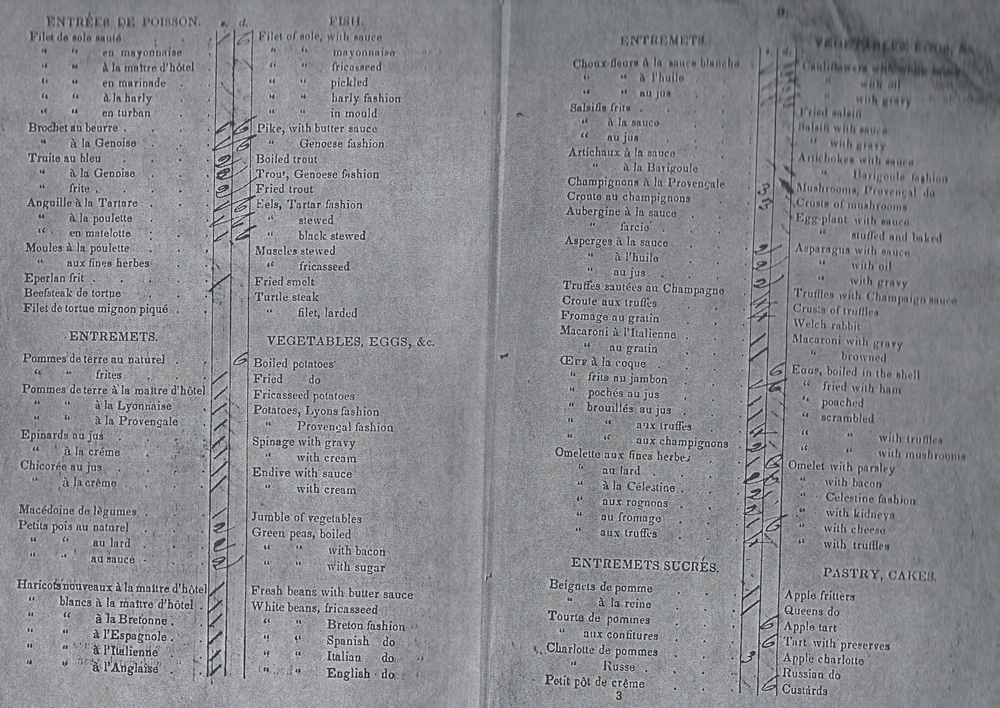
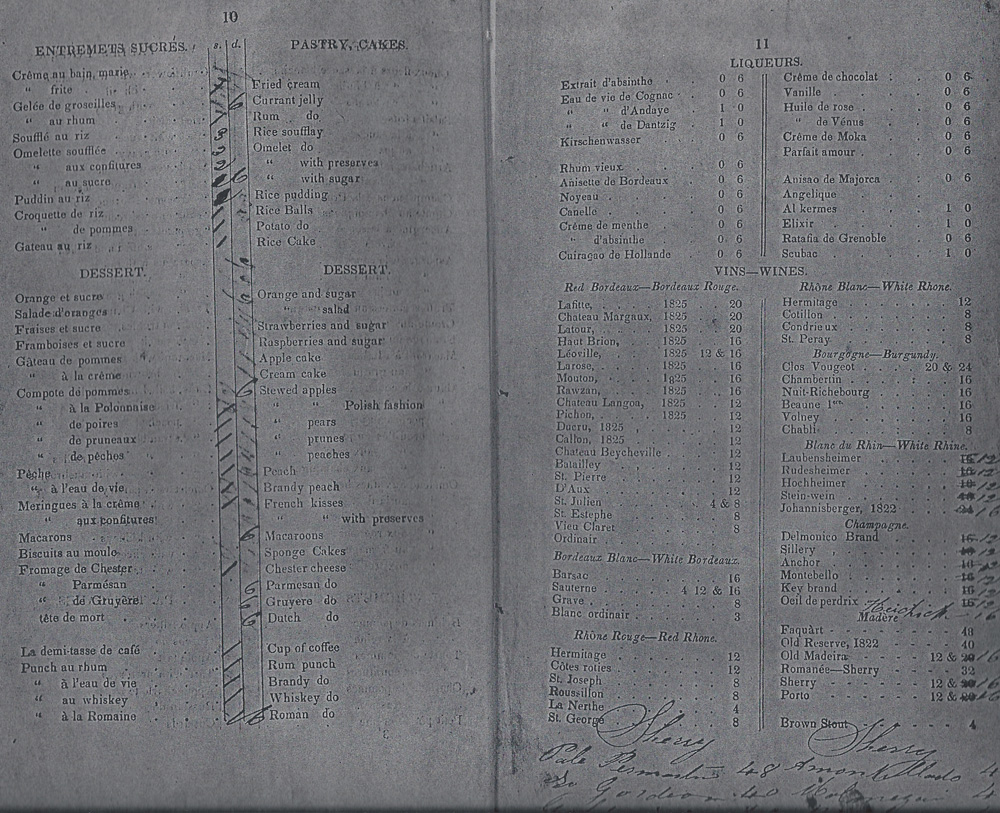


I have just discovered Appetite City, love it as a cook, and plan to use it as an ESL teacher to adults newly arrived in our town.
The pigeon with peas recipe looked very easy, but the only place that I could find selling squab was Citarella at almost $19 dollars for one bird!!!!
Where did your cook find her pigeons in NYC? I am substituting poussin because of the price.
Thanks in advance for an answer
Lindsay
Lindsay, that is such a good idea! I work at the Lower East Side Tenement museum, and we often work with ESL adults. I had never thought of using food and cooking to teach English–wonderful!
I got my squabs from D’Artagnon, which are cheaper than Citarella, but not cheap. There would be nothing wrong with using quail or cornish hens for this recipe. You could even adapt it to a whole roasted chicken. It’s really the peas and the bacon that are the best part of this recipe.